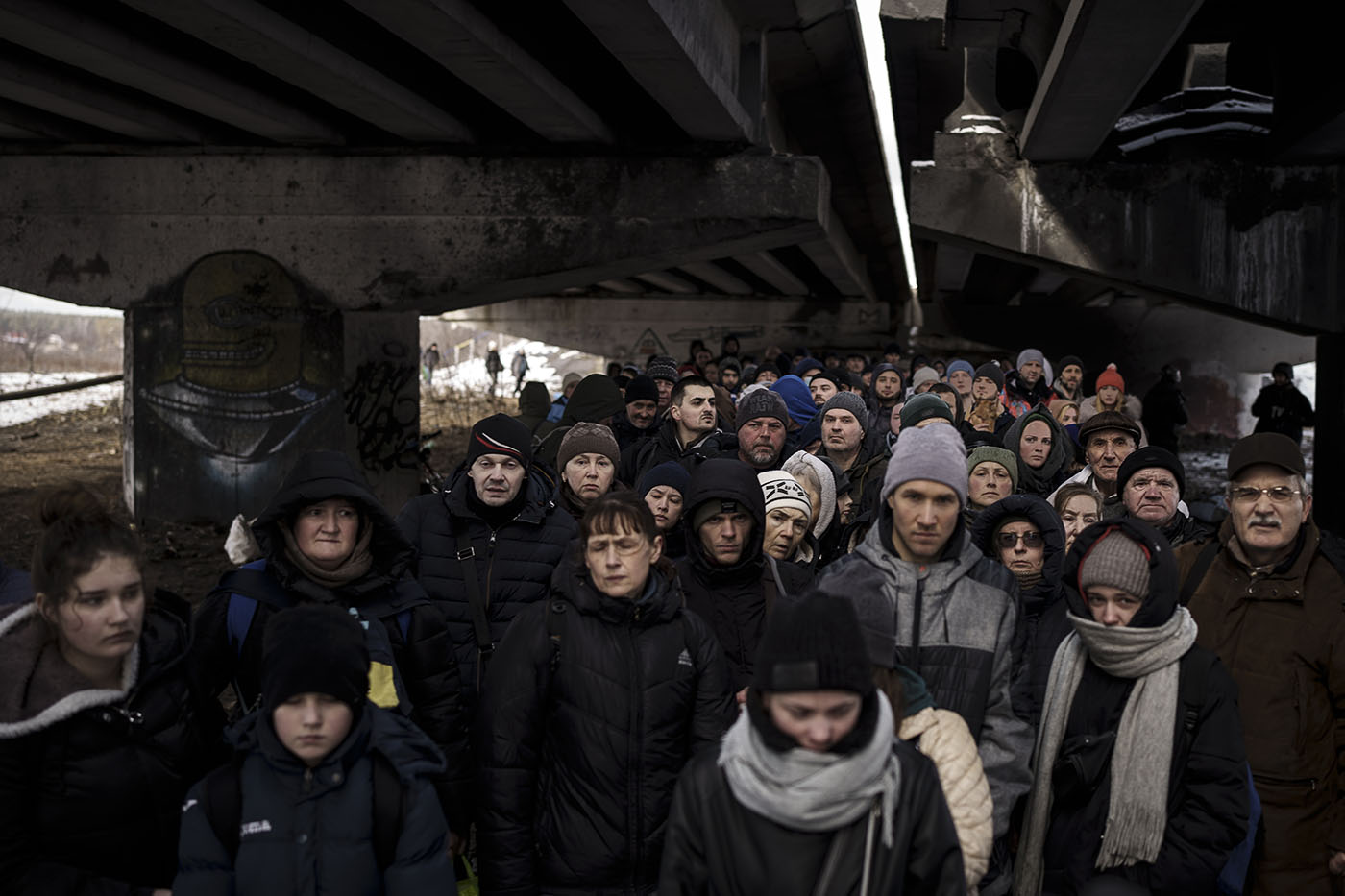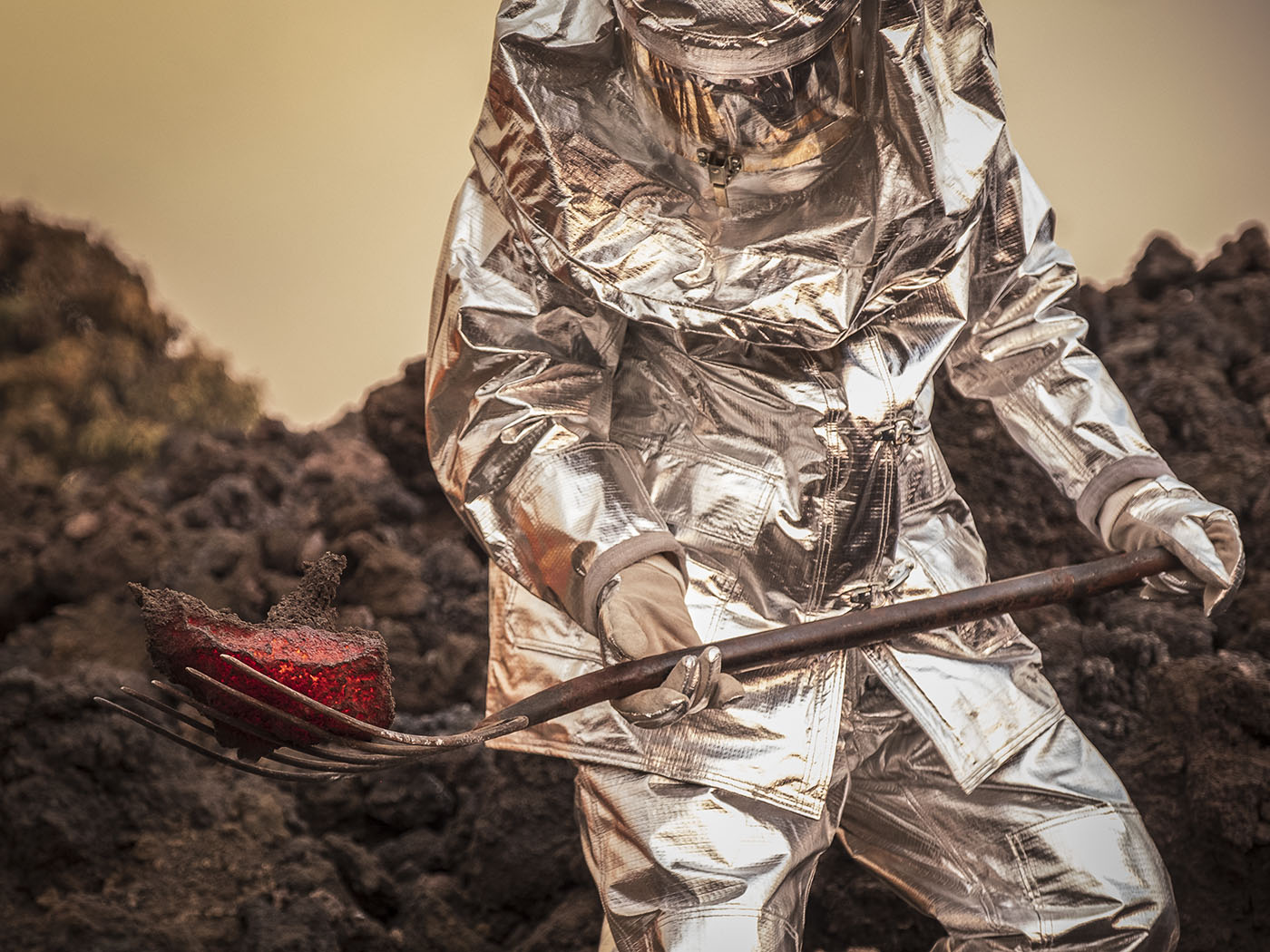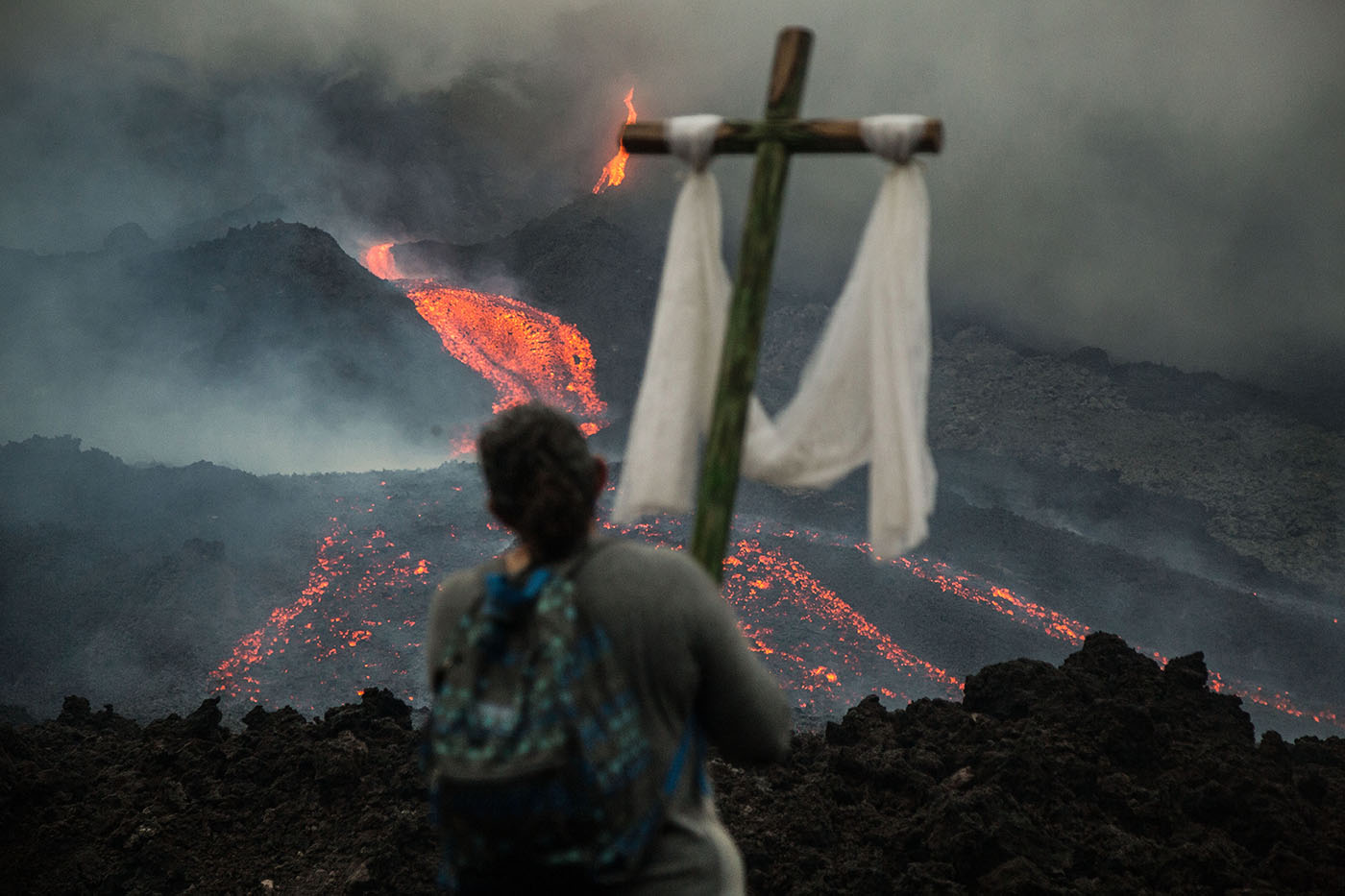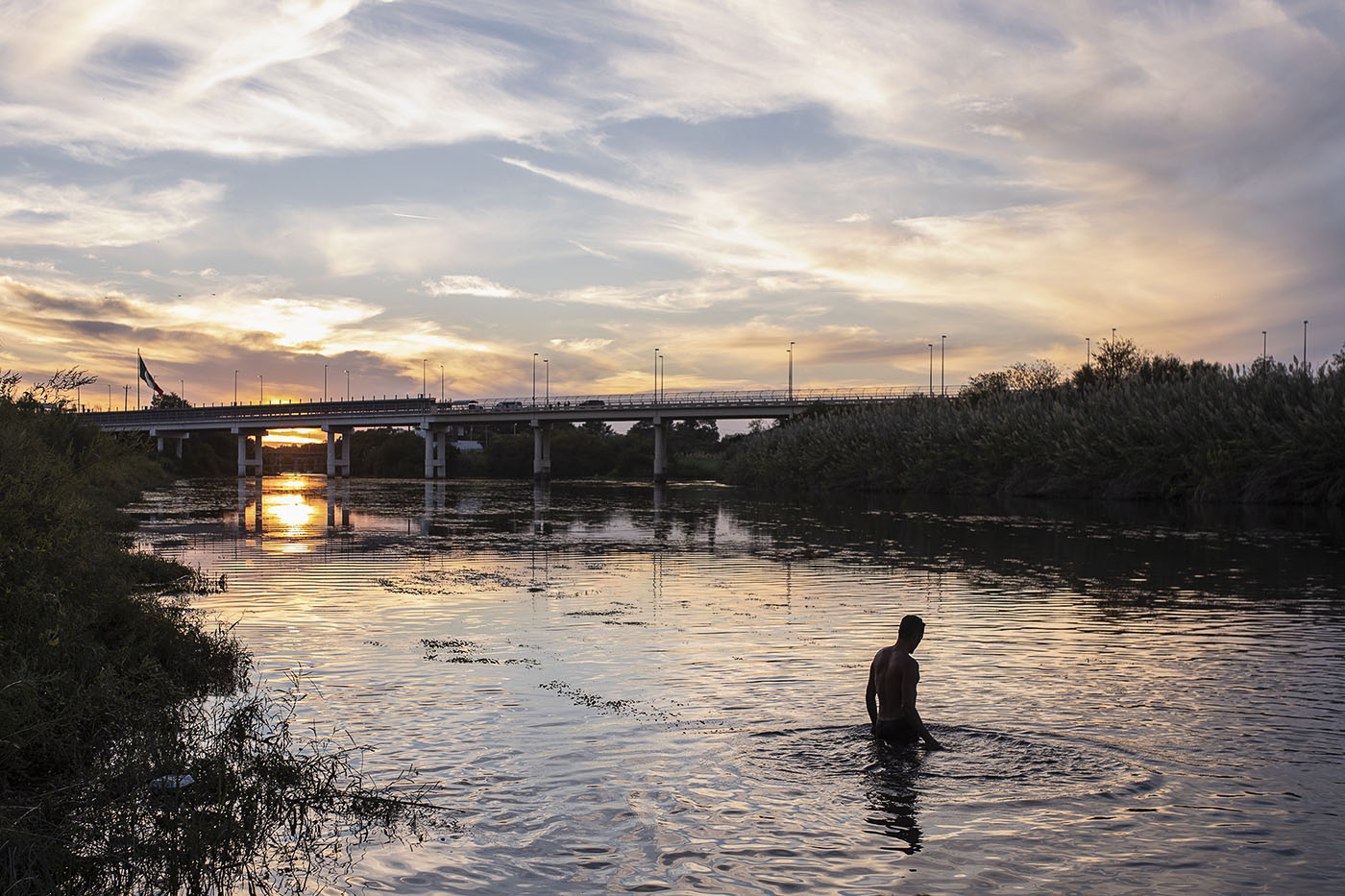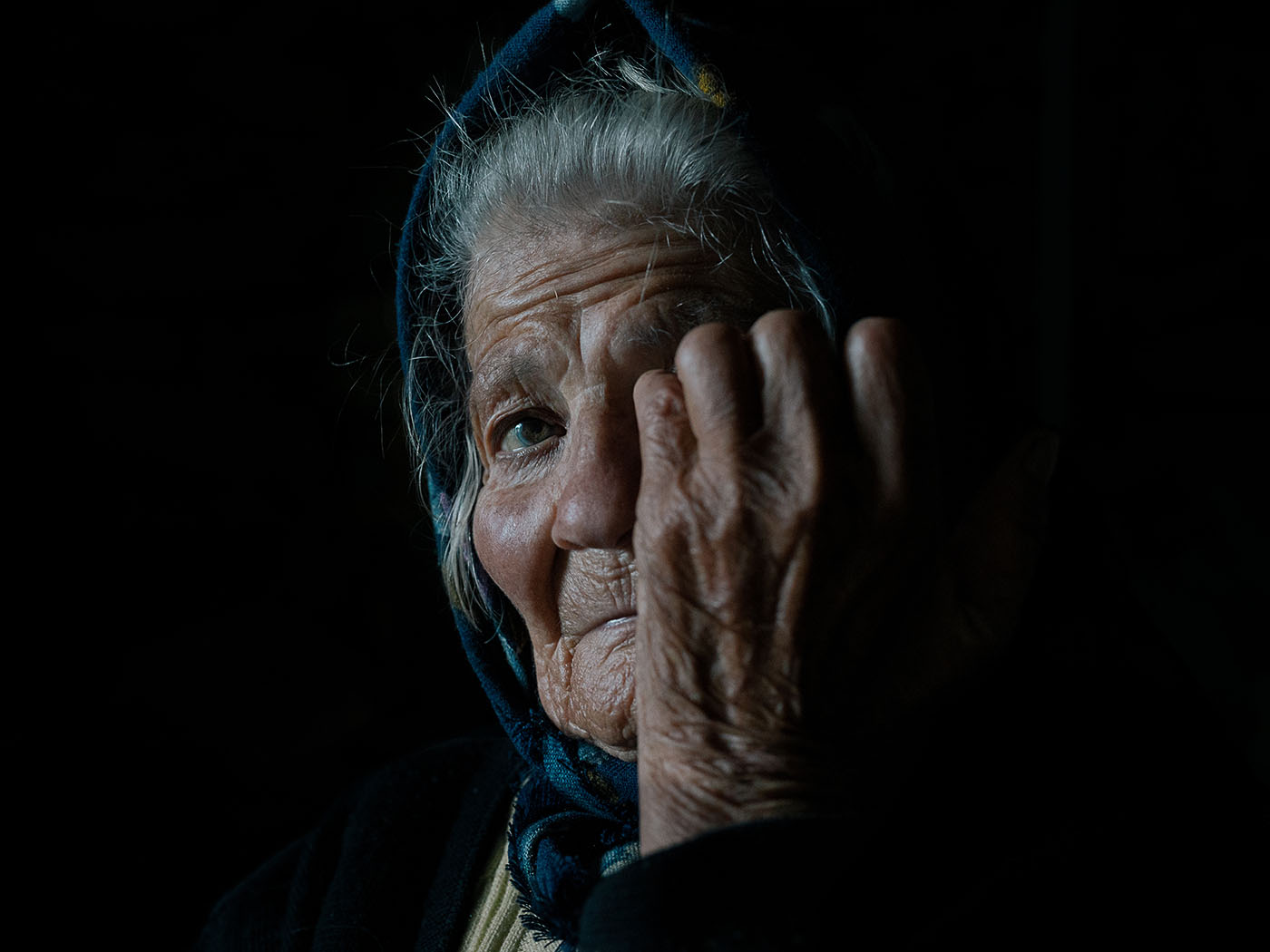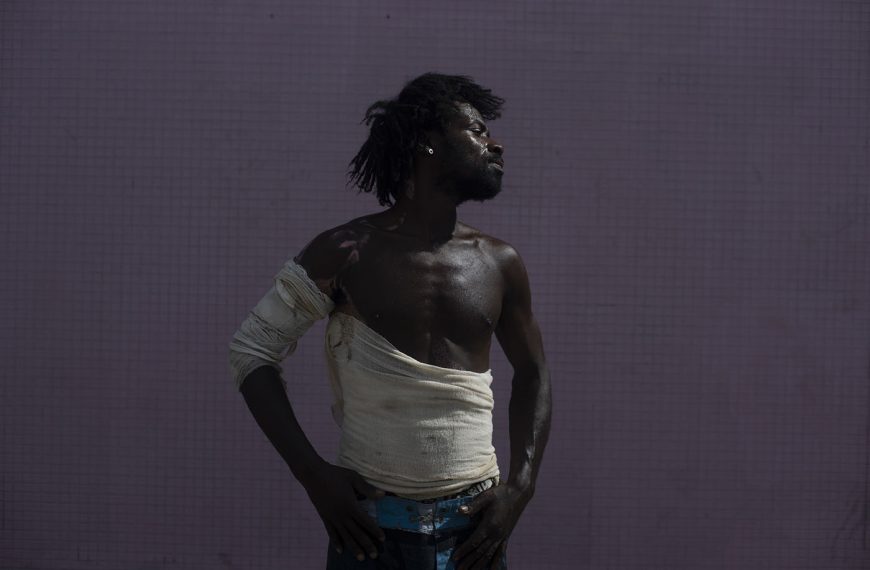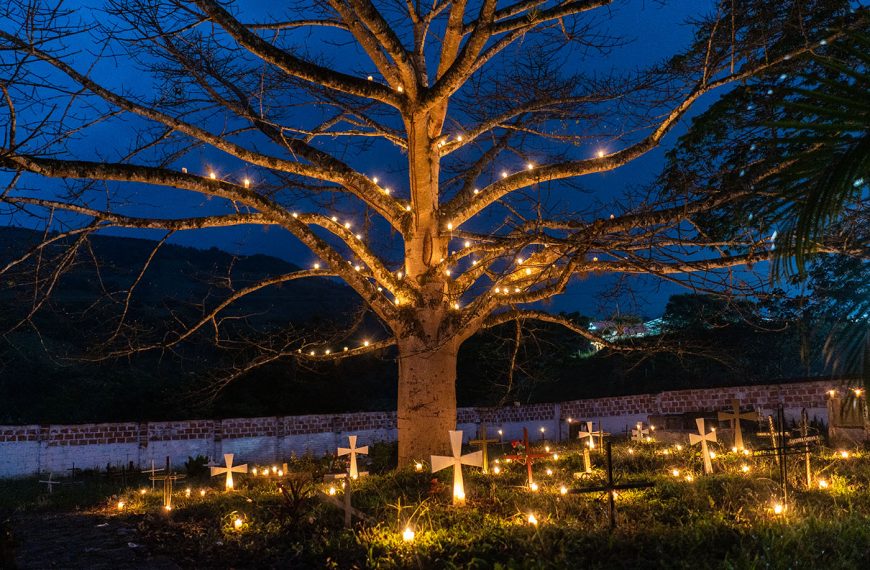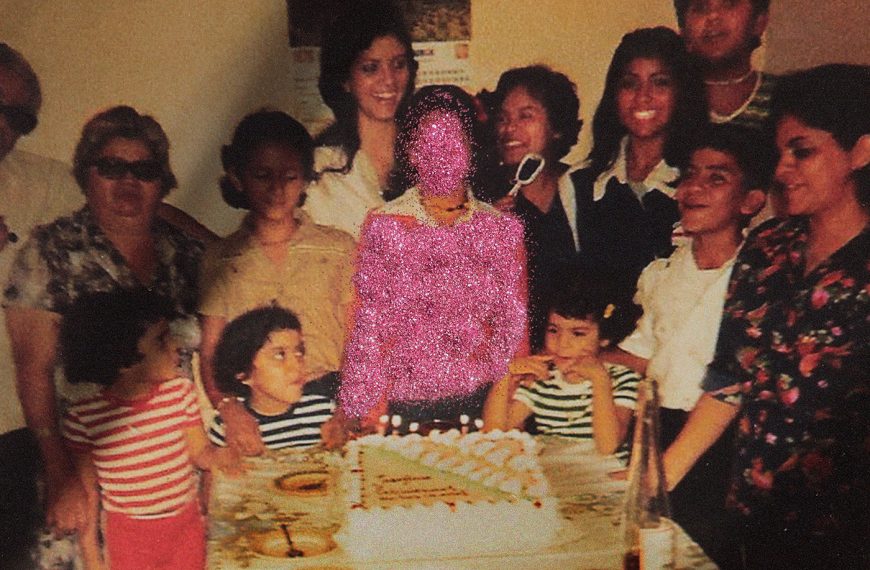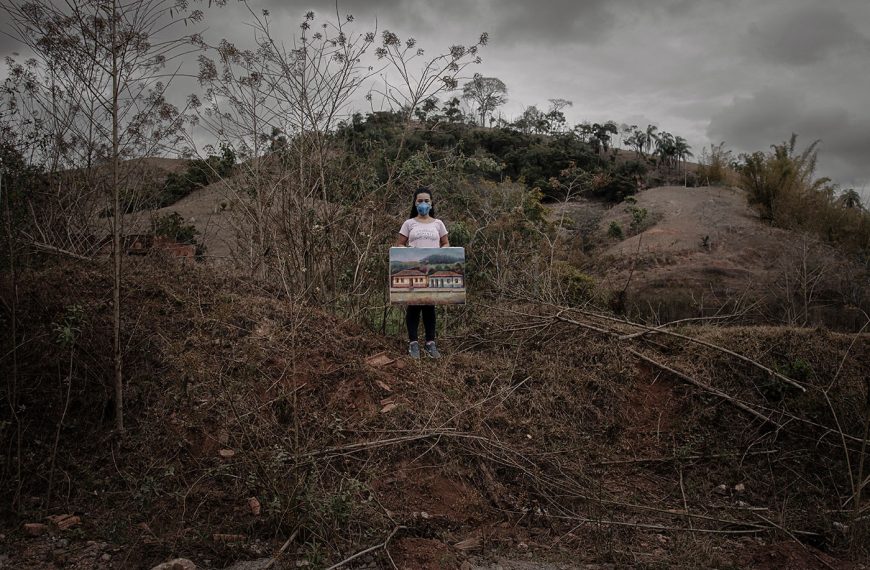What is POY Latam?
POY Latam was created in 2011 by Pablo Corral Vega and Loup Langton to celebrate excellence in documentary and artistic photography in Ibero-America. Over the years, it has established itself as a non-profit competition that seeks to reach the general public through competitions, exhibitions, workshops and publications. Our commitment is to transparency and integrity, offering open and live judging.
POY Latam received approximately 70,000 images from 1,500 photographers from all Iberoamerican countries in its 2023 edition, and the final was followed by more than 30,000 people via streaming.
70.000
IMAGES
1500
PHOTOGRAPHERS

POY Latam, the largest and most prestigious documentary photography contest in Iberoamerica
celebrates excellence in photography and connects the region’s visual creators. We are proud to promote a platform that highlights the stories that define and enrich our diverse and kaleidoscopic identity.
The next edition of POY Latam will be in 2025.
POY Latam is a biannual competition and has traditionally always been held in a different city and country. Since 2021 it has become a virtual event, bringing together judges and technicians from a variety of countries, with tens of thousands of followers.
Our mother competition
The Pictures of the Year International (POY) was created in 1944 by the University of Missouri-Columbia’s School of Journalism. Its photojournalism program is the oldest in the world and one of the most respected.
Transparent judgment
The POY Latam judging is broadcast live, making it one of the few competitions in the world with a policy of total transparency and openness. All decisions are made in a reasoned manner and under the inquisitive eyes of the community.
Advisory Council
The most important decisions are made as a collegiate body. The board is made up of Gael Almeida, Angela Berlinde, Maíra Gamarra, Manuel Ortiz, Yinna Higuera, Gisela Volá and Tiago Santana.
The present director
The current director is Pablo Corral Vega, an Ecuadorian photojournalist, lawyer, writer, artist and cultural manager who has published his work in National Geographic magazines and other international publications. He is the author of eight books.
How much does it cost to participate?
It is completely free for photographers thanks to the generous support of several sponsors. POY Latam is a non-profit project.
Mission & Vision
Our mission is to connect visual creators in Ibero-America and build communities through art and documentary photography. We strive to promote a deep understanding of the essential issues facing humanity, always respecting the dignity of people and reflecting the richness and complexity of our stories.
The New York Times
This enthusiasm reveals much about the rapidly changing world of photojournalism in Latin America. When Mr. Corral and Mr. Langton met 20 years ago, a photojournalist in Quito, Ecuador, often didn’t even know other photojournalists in neighboring cities. Photographers in Latin American countries worked mostly alone, often learning about their own countries from European and United States-born photographers whose images graced the covers of glossy international magazines.
Julie Turkewitz

Horacio and Silvina have been married for 24 years and have three children. This Sub Cooperative series won in the Middle Class category of POY Latam 2011.

© Max Cabello, Daily Life 2011. Yanet Acuña arrives at her home in Lima, after the anniversary concert she celebrated. She carries the ornaments that she has been able to rescue.
Al Jazeera
Latin American photography is too broad to be defined in generalising terms. There are, however, some common tendencies across the region. Pablo Corral Vega, POY Latam Ecuadorian co-founder, believes contemporary photojournalism in the region is breaking away from traditional ways of looking. A first trend is the disregard for the usual separation between art and journalism. Documentary photography makes visible what urgent issues affect society, yet a young generation is reinventing how images tell the world- and what photojournalism is all about. Moving freely between journalism and aesthetic photography, they blur conventional borders between art and news.
Manuela Picq
The 2023 Winners
CLASSIC FORMAT
The POY Latam’s mission over the past twelve years has been to highlight the work of journalists and photographic artists in Ibero-America. We believe in the importance of documentary photography and its commitment to the stories it tells, and that is why we have retained some of the most relevant categories for today’s times. We believe that photography expresses itself more deeply in longer essays. For that reason we have restructured the categories and created new ones in relation to contemporary narratives.
In the classic categories, the images must reflect issues that concern contemporary society, respecting the integrity of the scene and the circumstances encountered by the person who made the images. Respect for the dignity of people is essential.
Photojournalist of the Year
This category is open to people who work as professional photographers independently, or in collectives, news agencies or newspapers. The work must be of primary interest to a country, to Ibero-America, or to the world, and normally created with the intention of sharing it nationally or internationally.
Daily Life
An individual image or a series of up to ten images, which must have been taken in Ibero-America, of everyday life, of what is close to us, of our families and communities – which differs from current events or unexpected news events – and which helps us to understand who we are and where we are going.
News
An individual photo or a series of up to ten spontaneous photographs of a news event or current social issue, which must have been taken in Ibero-America.
Human Rights
A series of up to ten photographs that allow us to reflect on the importance of human rights in our region, and on recurrent and continuous threats to them. We subscribe to the Universal Declaration of Human Rights. The charter seeks to protect the rights and freedoms of human beings against abuses by states. We recommend presenting unexpected news events in the news category. The images must have been taken in Latin America.
Portrait
A series of up to ten portraits of people or groups of people that reveal their essence or personality. The images must have been taken in Ibero-America.
Sports
A series of up to ten photographs that promote appreciation for sport or celebrate the role sport plays in the lives of professional athletes, amateurs or the general public. The images must have been taken in Ibero-America.
Photojournalists in the World
This category is open to photographic essays taken outside our region, by people who are citizens of an Ibero-American country. There are many people who work outside Ibero-America, portraying the world for major media or international agencies or for themselves.
OPEN FORMAT
Photojournalism has changed significantly in recent years. Many visual creators move freely between art and journalism, and the rigid rules of the past have expanded to accept real or digital settings that are conceptually justified. The open categories of POY Latam allow a greater degree of creative freedom and the presentation of images that go beyond the traditional canons of documentary photography. The idea is to tell stories that help us question who we are and where we are going.
In these categories, real or digital manipulations are allowed, as long as they are conceptually justified. It is forbidden to submit works that have already been presented in previous editions of POY Latam. It is important that when digital techniques or even artificial intelligences are used, this is explicitly explained in the caption of the image.
Nuestra Mirada Award
In this category we will receive essays of up to twenty images. Awards will be given to documentary or artistic works that reflect on and from Ibero-America. The category allows the submission of images taken at any historical moment. This year’s theme is contemporary baroque, excess, hypercomplexity, and the hybridization of Ibero-America.
As Fernanda Lopes says quoting the poet Sarduy, the baroque is: “substitution; proliferation; condensation; dislocation; juxtaposition; intertextuality; parody; eroticism; revolution.”
Long Term Projects
This is a category in which essays of up to thirty images (30) may be submitted, and in which long term projects will be considered, which allow us to approach a significant theme for the understanding of our region. Four of the images in the project must have been taken in the last two years, thus showing that the creator is still working on the theme.
Resignifying the Archives
This category of up to twenty images will consider works based on images from archives and collections; or re-readings and re-significations of archives of different types, but especially photographic archives. We will be looking for projects that promote a dialogue between the past and the present, or that allow us to reflect on and from Ibero-America based on images of others or our own.
New Talents
This is a category that allows the presentation of essays of up to ten images and is open to visual creators who, regardless of their age, have less than five years of experience in photography. Documentary or artistic works that reflect on Ibero-America and its multiple identities will be awarded.
Carolina Hidalgo Vivar Award
Environment
This special category awards a photo essay of up to ten images that expands our appreciation for the caretakers of nature and our understanding of the damage we humans are causing to the environment and the devastating consequences of climate change. Importance will be given to the human component, to the role that people play in the conservation or destruction of nature.
Identity and Gender
Few issues are as urgent as those concerning the situation of women, sexual dissidence, and racial and cultural identities. This category accepts up to 10 images that allow us to reflect deeply on identity and diversities.
Transmedia
This category will receive works that combine multiple technical and artistic languages up to a maximum of 10 minutes in length. Video will be accepted as support, since this medium allows the union of moving images, audio and/or photography.
Blood is a Seed by Isadora Romero
Leaf litter by Cristóbal Santamaría
Matamoros by César Rodriguez
Semina by Nicolás Cabrera Andrade
Btikre by Pablo Albarenga
The Crisis of Illusion by Camille Rodriguez Montilla
Photobooks
The books submitted to the contest must contain documentary or artistic photography and must have been published in the 4 years prior to the closing date of this edition of the contest. The images may be the work of one or more photographers.




















